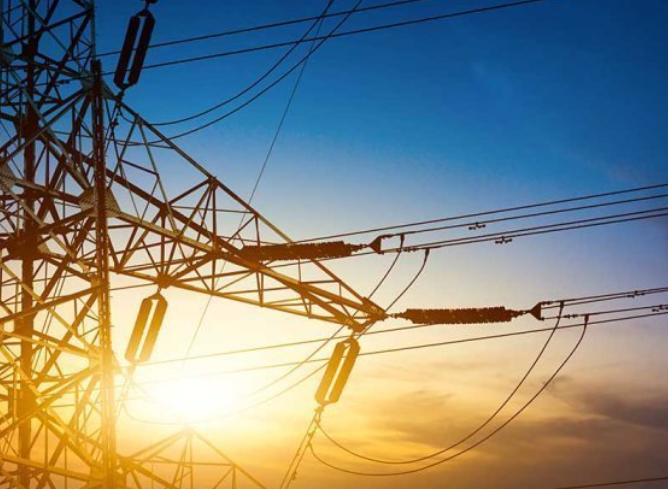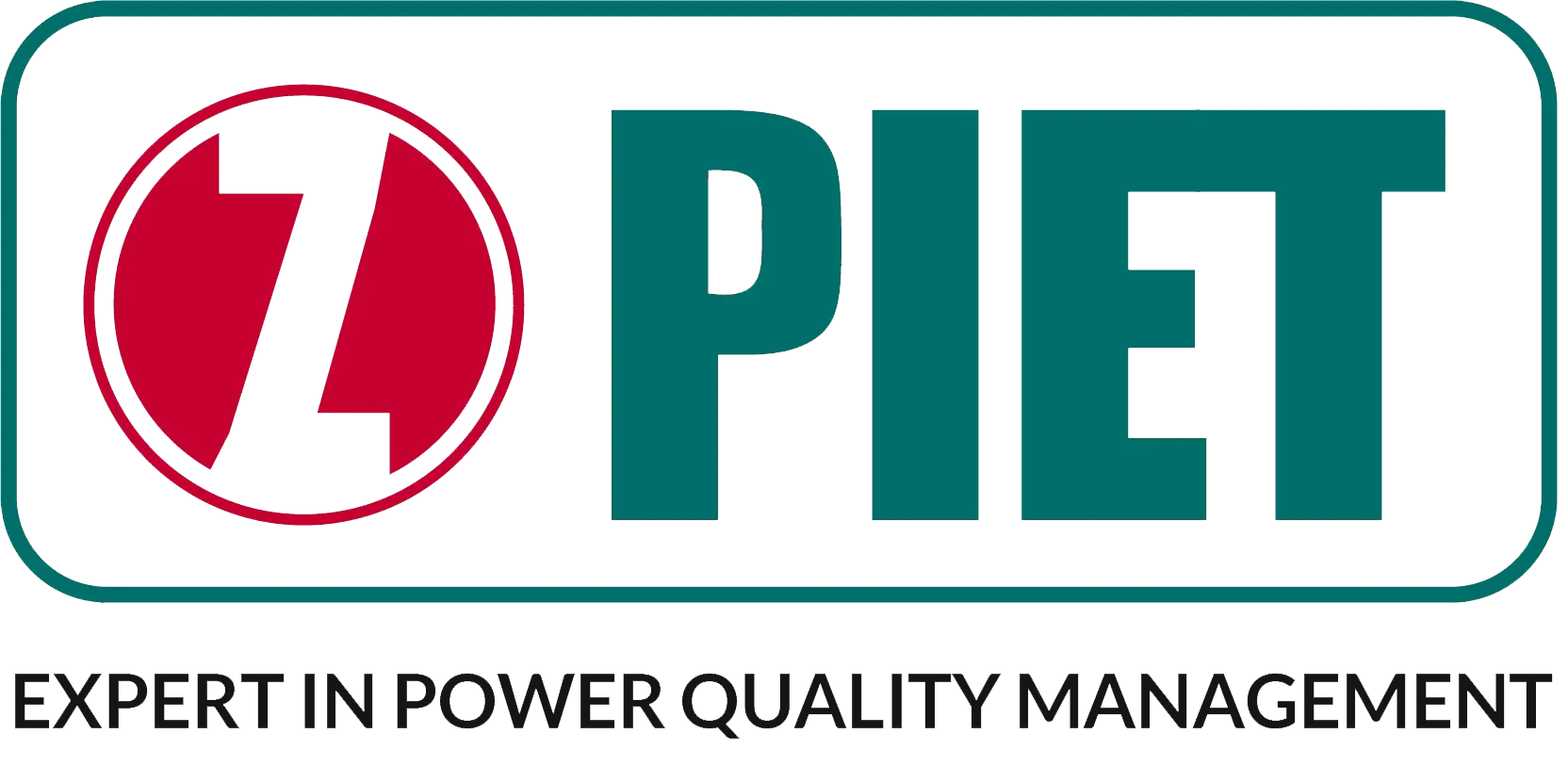With the extensive integration of new energy sources such as solar energy, wind energy and biomass energy into the distribution network in the forms of distributed generation, microgrids and small and medium-sized power stations (including energy storage power stations and electric vehicle charging stations), the smart grid under the new situation is facing many new problems. The power quality control structure under the smart grid architecture mainly consists of distributed generation, transmission and distribution networks, power consumption loads, power quality compensators, etc.

With the extensive integration of new energy sources such as solar energy, wind energy and biomass energy into the distribution network in the forms of distributed generation, microgrids and small and medium-sized power stations (including energy storage power stations and electric vehicle charging stations), the smart grid under the new situation is facing many new problems. The power quality control structure under the smart grid architecture mainly consists of distributed generation, transmission and distribution networks, power consumption loads, power quality compensators, etc. On the one hand, as the core driving force for the integration of new energy, the extensive integration of power electronic conversion equipment has led to new characteristics and problems in the power quality of transmission and distribution networks, which urgently need to be addressed. On the other hand, the diversity, nonlinearity and impact of loads on the power consumption side are increasingly severe, making the efficient utilization of electric energy an urgent matter. These new problems bring both opportunities and challenges to power quality control technology. As the core of the smart grid, the microgrid is a nonlinear complex system that couples multiple energy sources. The distributed power sources within it have characteristics such as intermittency, complexity, diversity, and instability. The new problems and features of its power quality are becoming increasingly prominent. Therefore, one of the key issues that urgently need to be studied and solved to ensure the safe and stable operation of the distribution network under the connection of microgrids is the problem of power quality
Classification of power quality compensators
Power quality compensation control technology can be divided into active control technology and passive treatment technology. For different power quality issues, the corresponding compensation devices are classified and introduced. Passive control technology suppresses or addresses power quality issues such as harmonics, reactive power, and three-phase imbalance by connecting additional power electronic compensators in parallel or series. Compensation devices mainly include passive power filters (PPF), active power filters (APF), hybrid active power filters (HAPF), reactive power compensators, dynamic voltage restorer (DVR), and integrated power quality regulator (UPQC), etc. Among them, the power quality compensator based on modular multilevel converter (MMC) is becoming a research hotspot and future trend in medium and high-voltage power quality management technology due to its low-voltage modular cascade structure. Active control technology involves electrical equipment or distributed power sources changing their input or output impedance characteristics to balance the function of power quality management. Active power quality control technology not only enhances the utilization rate of power but also improves the overall power quality of the system without the need to add additional compensators.
2. Control methods for power quality compensators
At present, power quality compensators mostly adopt voltage source type or current source type converters. The commonly used current control methods for compensators mainly include: hysteresis control, step-free control, model predictive control, proportional integral (PI) control, proportional resonance (PR) control, repetitive control and nonlinear robust control, etc. In addition, by improving the conventional current control, the control performance of the single current control mode can be enhanced. For instance, the control method combining conventional PI and vector PI can simplify the harmonic detection process. The harmonic frequency division compensation method, compared with the traditional full-band compensation method, improves the detection accuracy and compensation accuracy of each harmonic, and is particularly suitable for various high and low voltage hybrid active power filter devices, etc.
3. Power Quality analysis and control of large-scale distributed power stations
With the increasing penetration rate of large-scale distributed power stations such as photovoltaic and wind energy (10 kV to 35 kV levels), the interaction and coupling of harmonics generated by distributed power station systems mainly composed of multiple inverters with the power transmission and distribution system have become increasingly complex. The harmonics output by distributed power stations exhibit characteristics of high frequency and wide frequency range. The relationship between the resonant amplification factor, harmonic order and transmission distance of a typical distributed power station. During the propagation of harmonics in the transmission grid, they are affected by factors such as the distributed capacitance in the transmission lines and the background harmonic voltage, which will cause resonant amplification of current and voltage. There are two governance solutions that can suppress the series-parallel resonance problem of wideband harmonics in the transmission network, namely: changing the parameters of the transmission network and eliminating resonance through parallel reactors; Install high-voltage hybrid active power filter devices to reduce the content of harmonic current flowing into the power grid.

Copyright © Nantong Zhifeng Electric Power Technology Co., Ltd. All Rights Reserved - Privacy Policy - Blog